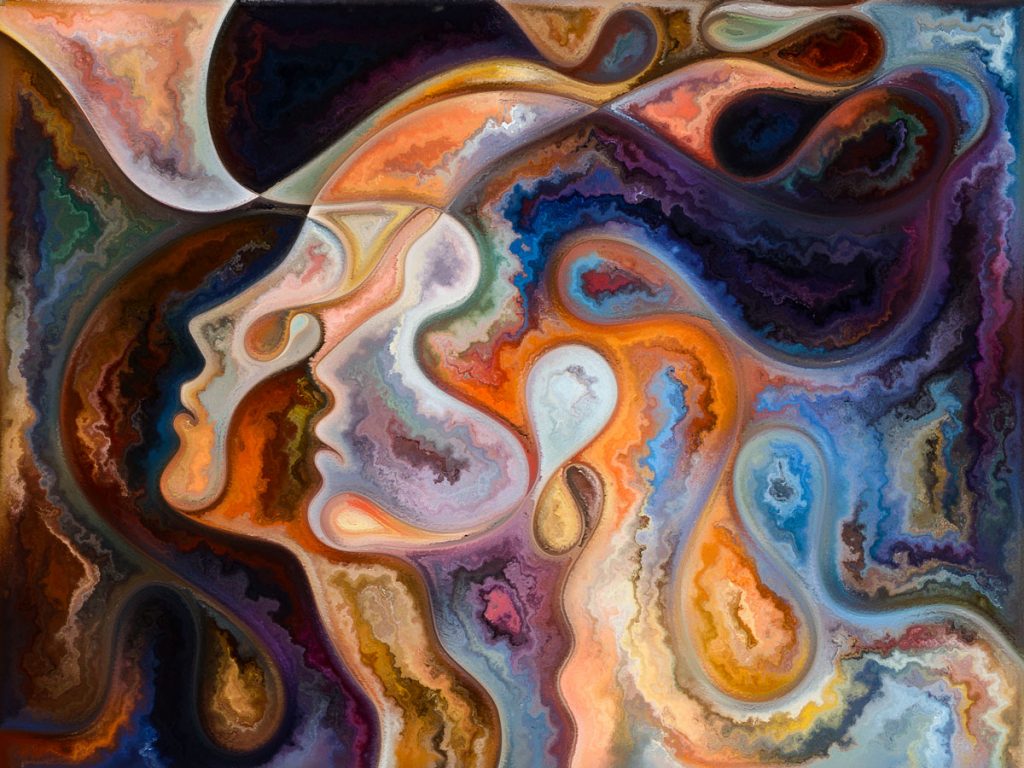
Approach | WOMEN AND VIOLENCE: MENA REGION AND DIASPORA
By Najwa Adra, Nadje Al-Ali, Sana Farhat, Danièle Joly, Pénélope Larzillière, and Nicola Pratt
1/ Gendered approach to violence.
General: A theoretical part exploring how gender norms and relations, and normative sexuality are central to the creation and reinforcement of hierarchies of power based on militarized masculinities and authoritarian patriarchies; including assumptions on ‘peace-loving’ women.
2/ Characterize and categorize the different types of violence on and involving women
General: A general descriptive introduction setting the scene, looking at different types and forms of violence, different sources and perpetrators, (women as recipient and/or as perpetrators), factors concomitant with or enhancers of violence. Looking at interconnections and intersections among those and examining how conflict and violence are gendered.
General: Women as actors: the re/constitution of women as social actors, within the framework of conflict, and the meaning of action: as a path to challenging violence, taking part in or exiting from violence.
3/ Hegemonic approach to women of Muslim background
General: The study of hegemonic processes describes how dominant ideologies become common sense, how they are ‘naturalized ‘ in cultural productions and as such represent a specific mode of domination, but also a specific field of struggle, partly autonomous where counter hegemonic definitions and reformulations are at stake.
4/ Women and political/ civic activism
General: Gendered approach to political commitment: how gender orientates the paths to political commitment, and the modes of participation inside political activist groups.
5/ Activism and international law
UNSCR 1325 and follow up resolutions: Problems and usefulness as a tool. How international law is used and dealt with by women activists: guidelines and potential benefits of UNSCR 1325.
6/ Artistic production: women on violence and against violence
General: A form of political art is produced which shows how violence, and specifically war and coercion are translated into daily experiences and wounded subjectivities. Women artists take part in it through a variety of artistic activities, including performances.
A number of case studies will illustrate each theme considered above.
